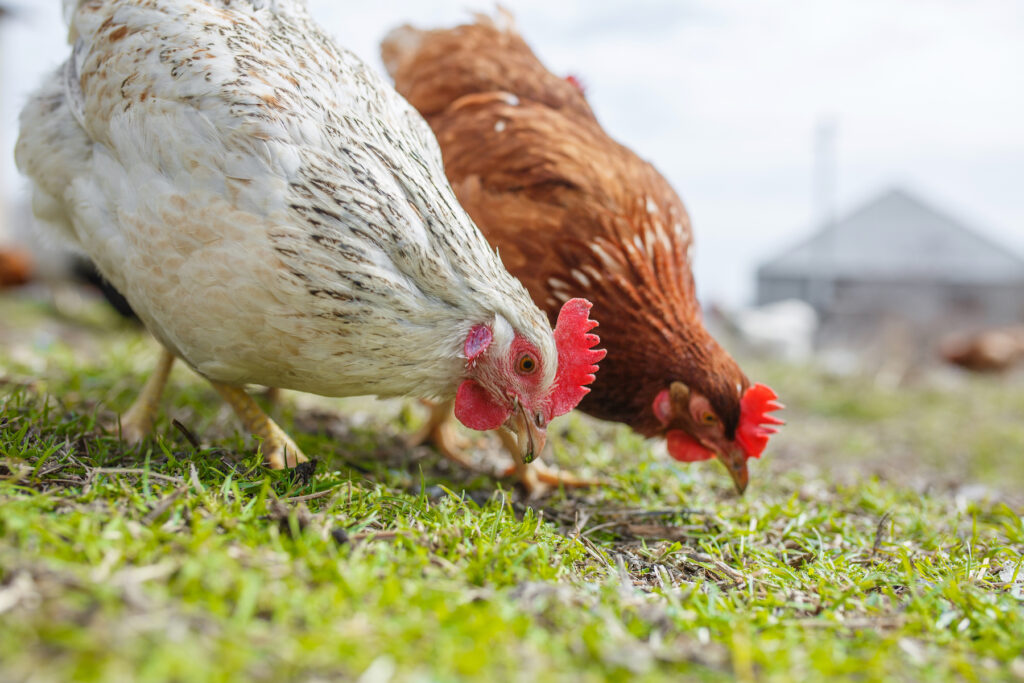Two UK poultry workers test positive for avian flu
17th May 2023
The virus was detected as part of a routine testing programme for asymptomatic people who have been in contact with infected birds.
Two workers who recently worked on an infected poultry premises in England tested positive for influenza A (H5).
Neither experienced any symptoms of avian influenza and both have since tested negative.
There has been no evidence of human-to-human transmission and the risk to human health remains very low for the general population, according to the UK Health Security Agency (UKHSA).
Avian influenza can be detected in poultry workers after contamination of the nose and throat, from breathing in material on the infected farm – or it can be true infection. In those with no symptoms, it can be difficult to distinguish between the two.
One of the two poultry workers is likely to have had contamination of the nose and/or throat from material inhaled on the farm, UKHSA said. It was more difficult to determine whether the second worker had a true infection.
Further investigation is underway and contact tracing for the second worker has been undertaken as a precaution.
“No evidence” of person-to-person spread
There has previously been only one human case of H5 avian flu in the UK, detected in January 2022 in the south west of England in a person with very close, regular contact with a large number of infected birds which were kept in and around their home over a prolonged time.
Earlier this year it was revealed that H5N1 has spilled over from the bird population into other species, having been confirmed in five red foxes and four Eurasian otters in the UK between 2021 and 2023.
UKHSA chief medical officer Professor Susan Hopkins said: “Current evidence suggests that the avian influenza viruses we’re seeing circulating in birds around the world do not spread easily to people.
“However, we know already that the virus can spread to people following close contact with infected birds and this is why, through screening programmes like this one, we are monitoring people who have been exposed to learn more about this risk.”
She added: “Globally there is no evidence of spread of this strain from person to person, but we know that viruses evolve all the time and we remain vigilant for any evidence of changing risk to the population.”
It is critical for people to avoid touching sick or dead birds, and follow Defra advice on reporting, UKHSA advised.
Routine surveillance
Poultry workers taking part in the asymptomatic surveillance programme are asked to take swabs or their nose and throat, which are tested for the presence of influenza virus in the 10 days after exposure.
In some cases finger prick blood tests are taken to test for antibodies against avian influenza, suggesting an immune response in the blood.
As part of its public health response, UKHSA follows up all individuals who have been in contact with a confirmed human case of avian influenza.
For those with the highest risk exposures, it may offer testing and antivirals, to help protect them from infection as well as to reduce the risk of passing infection to others.
There have been 183 confirmed cases of highly pathogenic H5N1 in birds since 1st October 2022. Since the outbreak started in October 2021, there have been 286 total confirmed cases.
The compulsory bird housing measure lifted in England and Wales on 18th April, having been in place since November last year.

